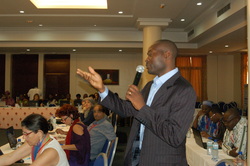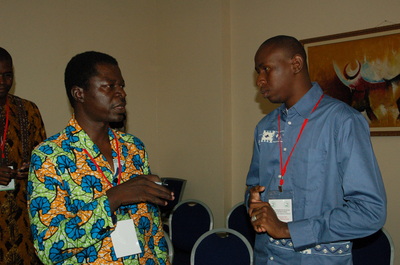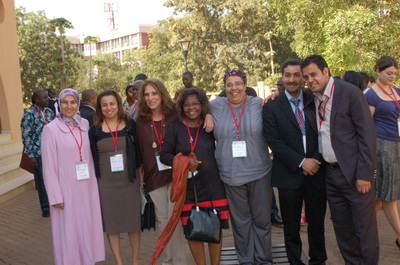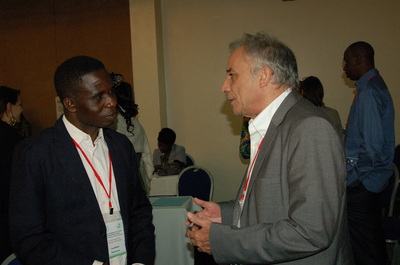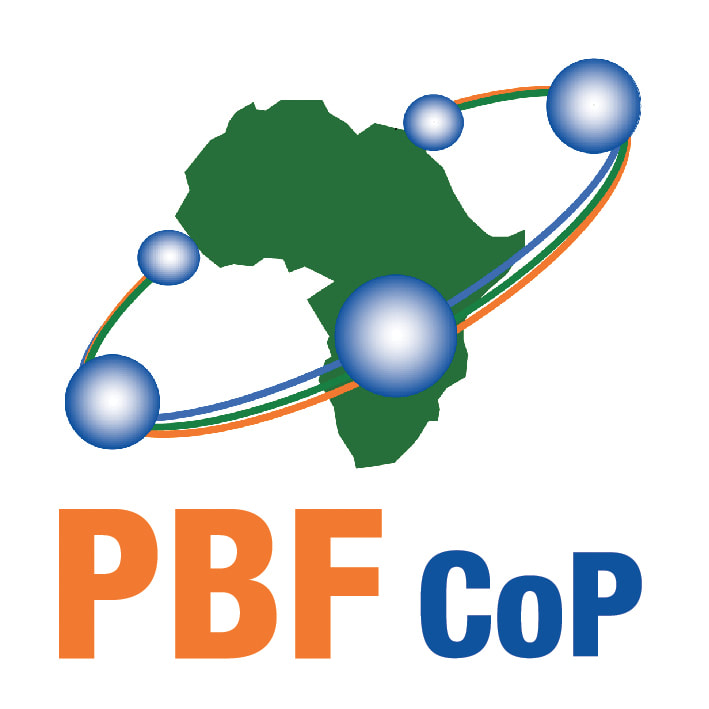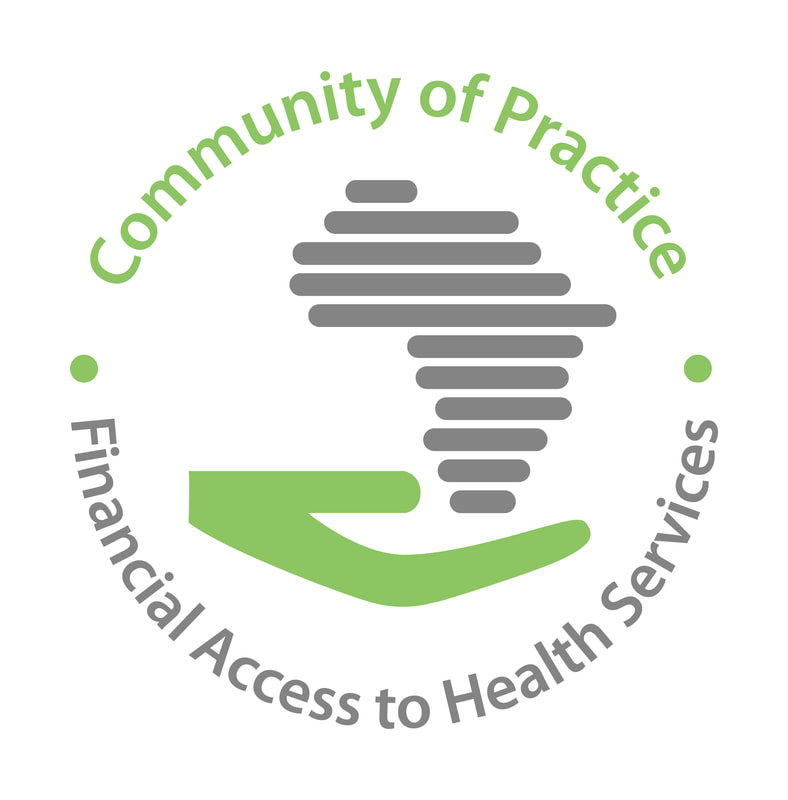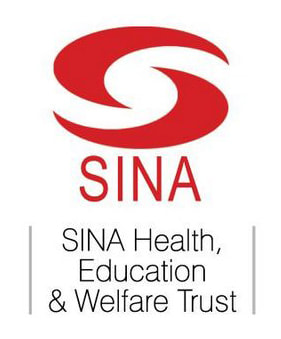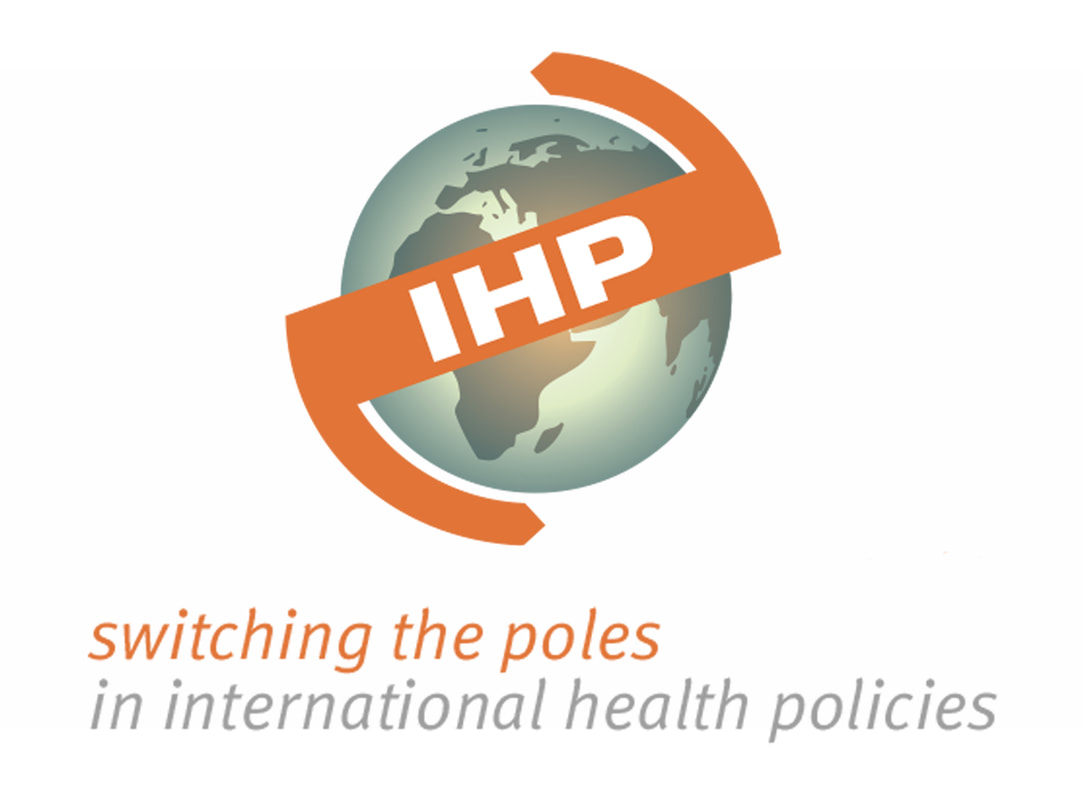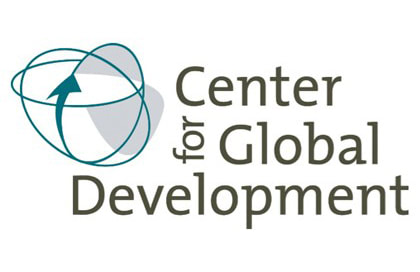
The Alliance for Health Policy & Systems Research is known for its commitment to enhancing the dialogue between researchers and research users, policy makers in particular, in developing countries. As readers of this website know, the Harmonization for Health in Africa communities of practice fully embrace this agenda. Late December, several of us were contacted by Joe Kutzin (WHO, Geneva - Department of Health Systems Governance and Financing) and Nhan Tran (Alliance) to join them, together with other RBF and provider payment reform experts, for a consultation meeting to prepare a new call dedicated to implementation research on RBF. Olivier Basenya, Por Ir, Bruno Meessen and Laurent Musango made the trip to Geneva.
Participants were asked to assist the Alliance in identifying main implementation research questions related to the scale up and integration of RBF initiatives into national health systems and policies, and in identifying priority countries where such research would have a greater impact. After two days of intense interactive deliberations, it was decided that the research program will focus on the enabling factors and barriers for RBF (pilot) schemes to be scaled up and integrated into national health systems and policies, taking into account RBF design features and implementation process, health systems characteristics, and socio-economic and political context. We agreed that the importance (extent) of the scaling-up and integration would be assessed on several dimensions such as population and service coverage, institutionalization, financial integration in the public budget and so on. While some countries have been relatively successful in making progress on this multidimensional scale, others have been encountering quite serious obstacles in doing so.We are hopeful that this research program will bring interesting insights into how one needs to successfully navigate the policy process, combining efficiency with ownership and a sufficiently inclusive process, with the aim of strengthening health system and moving towards Universal Health Coverage (UHC). We know from previous meetings that national PBF champions are looking for guidance in this respect.
All participants made relevant contributions, with some as delicate as the tiny paper cranes produced by Professor Winnie Yip from Oxford University (picture illustrating this blog post). Others (like ourselves), conveyed their message in a more straightforward way. One of the things we emphasized was that it’s vital to ensure that the research process involves country health authorities in such a way that it allows them to reflect on the extent to which they have actually achieved health systems strengthening via the integration/scale up of their pilot schemes – a shift from scheme to system and policy.
Interestingly enough, the research program will not have a purely instrumental aim. Eligibility criteria will also allow applications by research teams willing to document processes which were wrong from the start, e.g. a pilot project with insufficient or no (government) ownership, or one that failed to be scaled up. It was suggested that the research areas should be a mixture of countries that have advanced in RBF implementation at national level, countries in pilot experiences phase and some others with a demand side component.
The planning of the Alliance is ambitious. We expect the call to come out soon, so keep an eye on their website (ourselves, we will of course inform CoP experts through our online forum). We hope that many of you will apply and submit letters of intention as this is a research program fully in line with priorities pursued by the PBF CoP.
